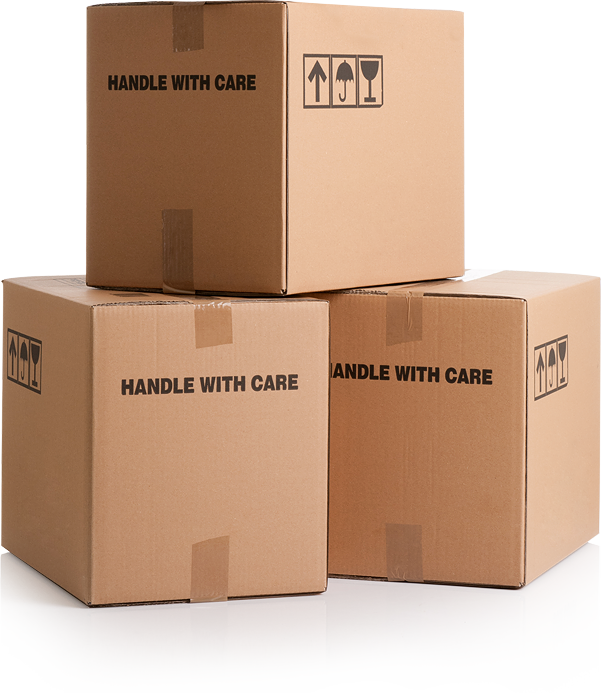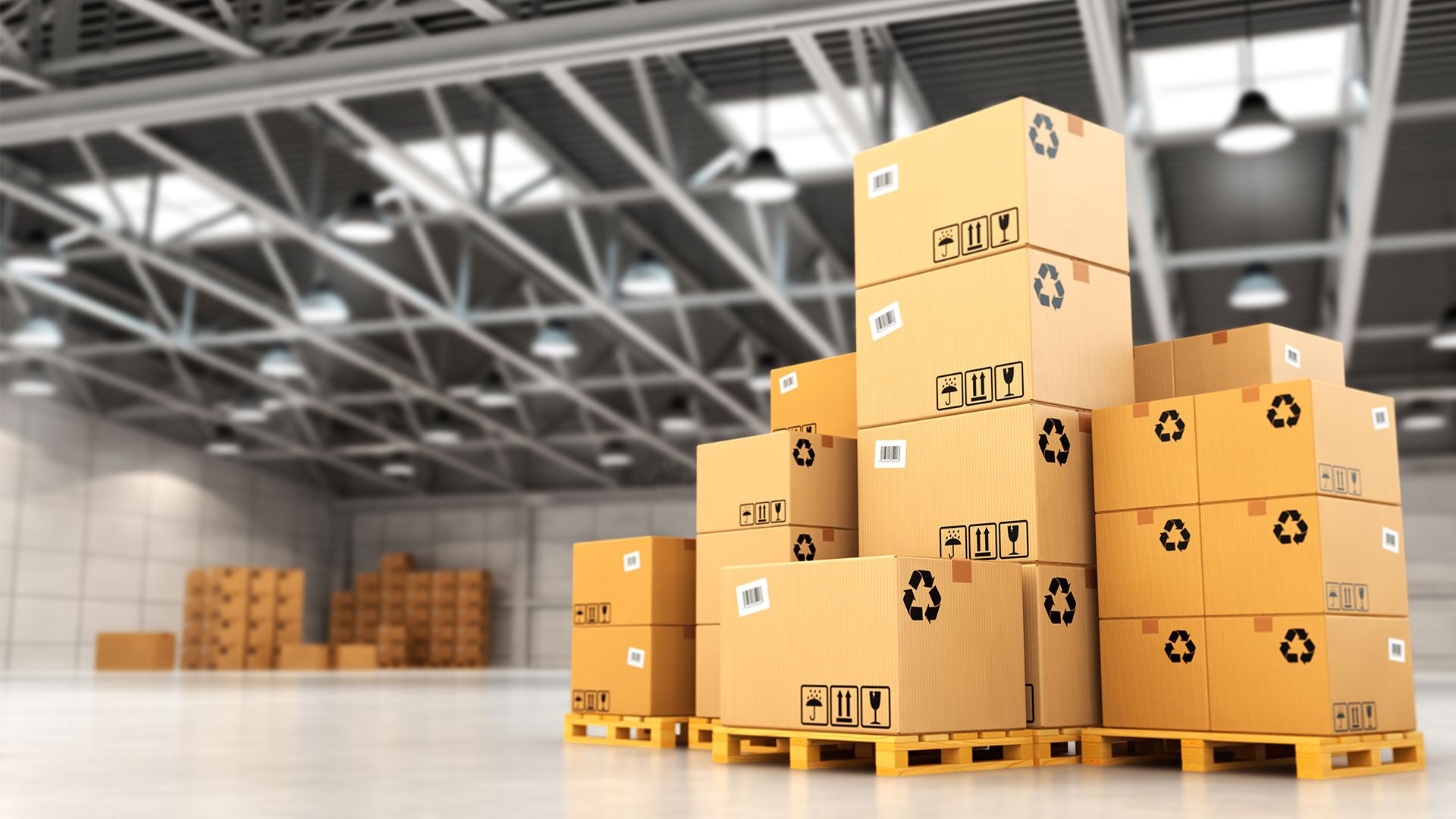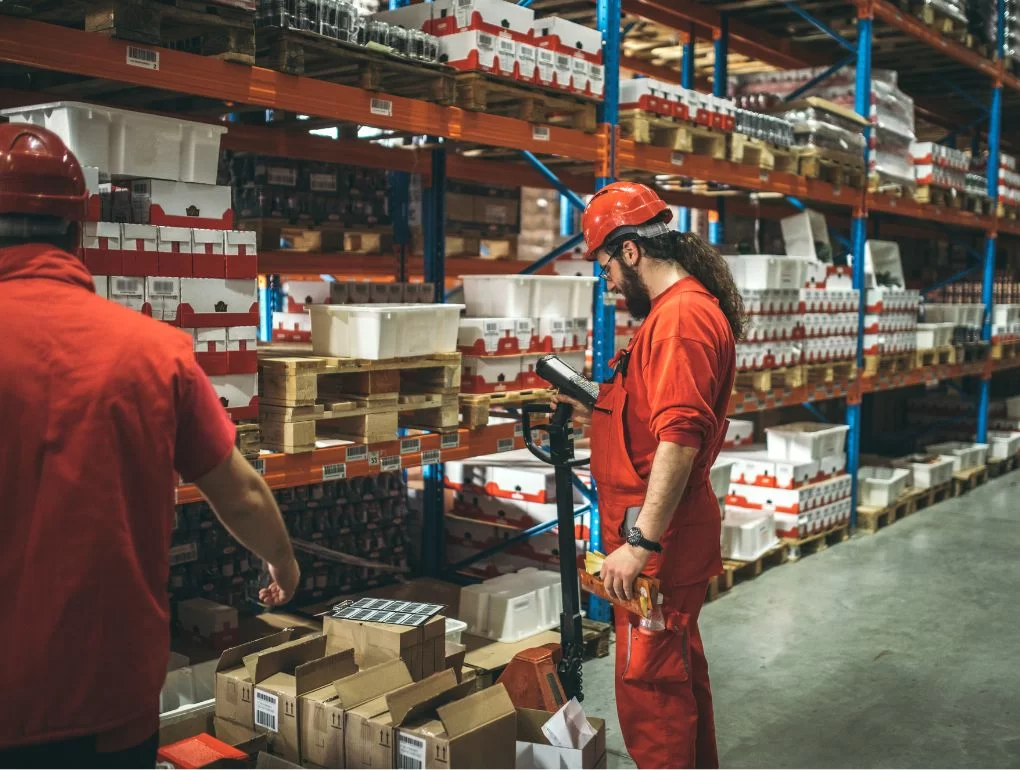Services
Direct transfer of goods from incoming to outgoing transportation with minimal or no storage time. This method helps streamline the supply chain by reducing handling and storage costs, speeding up delivery times, and increasing overall efficiency. Here’s an overview:


Used to consolidate materials for production. Components from different suppliers are received and prepared for assembly.
Involves receiving products from multiple suppliers to fill customer orders. It’s commonly used in retail and ecommerce.
Focuses on transferring freight between different modes of transportation (e.g., from truck to rail).
shipping containers, where goods are moved from a container ship to a train or truck for final delivery.
Often used in global shipping, where goods travel by sea, air, and land.

Products are unloaded from incoming trucks and immediately reloaded onto outbound trucks, often within a few hours.
Since products do not need to be stored in a warehouse, handling is minimized, which can lead to fewer errors and damage.
Goods move directly from suppliers to customers or retail locations, bypassing traditional warehousing processes.
Reduces the need for storage space and speeds up the order fulfillment process.
Minimizes warehousing and handling costs associated with storing products
Allows for quicker shipping to customers, enhancing satisfaction and loyalty.
Reduces the risk of overstock and obsolescence by keeping inventory levels low.
